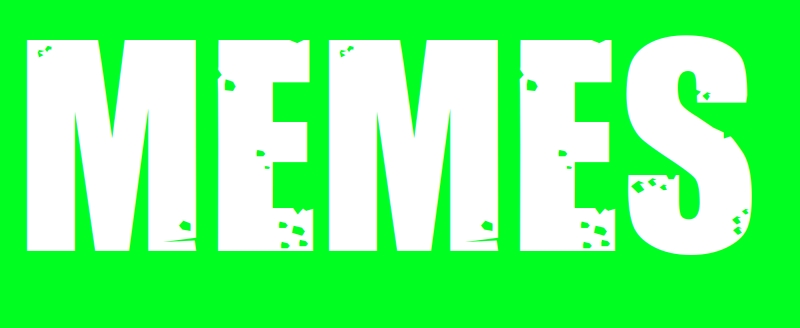What am I gonna do with a bushel of to tomatoes?
But, seriously, my biggest issue with buying from “real” farmer’s markets is the gas and time I spend getting there and the ease of buying WAY more than I will realistically be able to actually eat before it goes bad. It’s so easy to buy too much (For me anyway, that 's probably just a me problem).








Being able to fold down a larger “sheet” display so that it fit in a pocket would be pretty cool. Having extra room for reading things like maps and comic books is so much better than pinching and zooming on a pocket sized display. What you call limited purpose, I call functional design. I’m kind of over all-in-one devices. They’ve turned into Jack of all trades, but master of none.
Obviously that’s not what this device is, but it got me thinking about why I’d want a device with multiple e-ink displays or a foldable display.